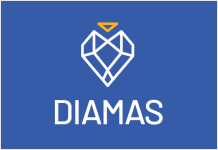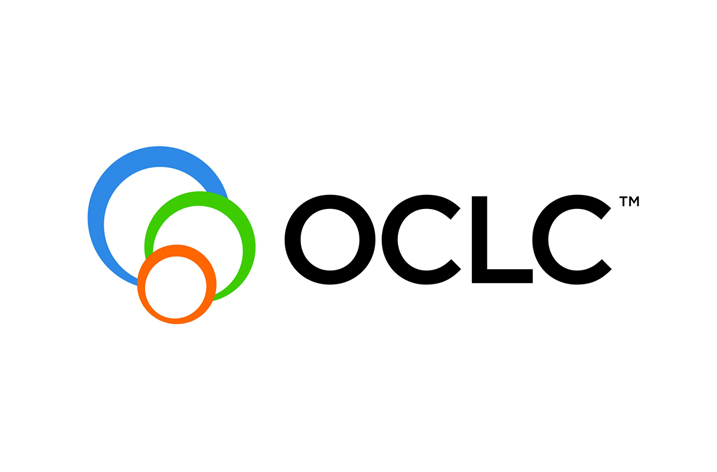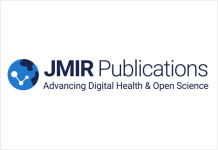
The Company of Biologists is delighted to announce a three-year Read & Publish Open Access agreement with the Max Planck Digital Library.
Under the new cost-neutral transformative agreement – which runs from 1 January 2021 to 31 December 2023 – corresponding authors at Max Planck Society’s 86 Institutes benefit from immediate Open Access publication of their research articles in The Company of Biologists’ hybrid subscription journals – Development, Journal of Cell Science and Journal of Experimental Biology – with no author-facing publishing charges.
In addition, this landmark agreement enables corresponding authors at Max Planck Institutes to publish research articles without charge in The Company of Biologists’ fully Open Access journals – Disease Models & Mechanisms and Biology Open.
Unlimited access to the full journal archives dating back to 1853 is also available.
“We are very pleased to implement this new agreement with The Company of Biologists, and salute their willingness to test new economic models that are repurposing previous subscription fees to facilitate a sustainable and cost-neutral transition of their journals to an Open Access publishing model,” says Ralf Schimmer, Head of Information Provision at the Max Planck Digital Library. “This agreement marks a further, significant step in the Max Planck Society’s strategy to enable open dissemination of research, in line with the principles of the OA2020 Initiative and the Berlin Declaration on Open Access.”
“As a not-for-profit publisher with a mission to support biologists and inspire biology, we have been committed to Open Access for many years. We have worked closely with our library partners and funding organisations to develop sustainable OA publishing models and we pride ourselves on our flexibility and willingness to experiment,” says Richard Grove, Commercial Manager at The Company of Biologists. “Following fruitful discussions with the Max Planck Society, we are pleased to pilot a Read & Publish agreement which has been tailored to meet the needs of a research-intensive institution with a large network of Institutes.”
Further information, and a full list of participating institutions, is available here.





















